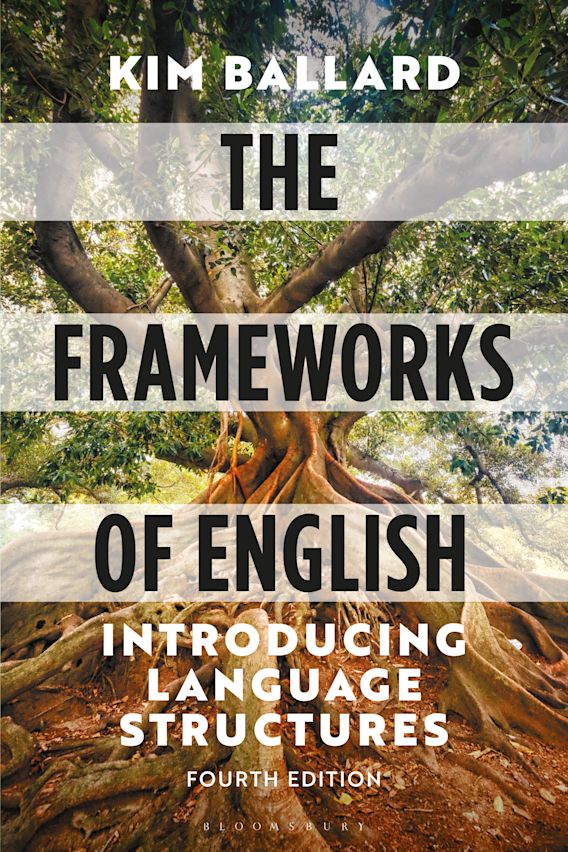



johndoe@gmail.com
Are you sure you want to reset the form?
Your mail has been sent successfully
Are you sure you want to remove the alert?
Your session is about to expire! You will be signed out in
Do you wish to stay signed in?
Question 1 (Consolidate)
We saw in Section 8.10 that discourse markers fulfil a range of discourse-management functions in both speech and writing. Using the following (more detailed) list, try to find examples for all or some of these functions, using both spoken and written texts. (You could use the textbook itself for written examples, and some of the transcriptions in Chapter 8 for the spoken ones.) Bear in mind that discourse markers tend to be ‘separate’ from the text in which they appear: in other words, they could be omitted from a sentence or text without loss of its central meaning.
| Discourse markers can… | |
| begin a piece of discourse | |
| begin a new topic | |
| indicate the end of a topic | |
| mark a digression | |
| mark the return to the topic following a digression | |
| indicate a sequence of points, ideas, topics… | |
| indicate an additional point or idea | |
| flag up a contrast or comparison | |
| signal that something is an example | |
| signal rephrasing or correction | |
| summarise content | |
| acknowledge information that’s already known | |
| acknowledge that something’s being repeated | |
| acknowledge what someone else has said or contributed | |
| indicate the attitude or point-of-view of the speaker or writer | |
| soften the force of what is said/written | |
| concede a point | |
Answer/discussion
Your collected examples will probably have provided a further demonstration of the variety to be found in discourse markers and the range of functions they fulfil. Although they often appear on the margins, so to speak, of a text, they are of considerable importance in the management of discourse.
Question 2 (Explore)
Discourse markers are often discussed mainly in relation to spoken language. Based on your experience of collecting data for the previous question, do they seem to you to be more important or useful in one mode rather than the other?
Answer/discussion
Because conversational language is usually spontaneous, discourse markers can be very helpful to speakers in giving the conversation fluency and coherence. They provide participants with a means of making talk easier to follow, for instance by signalling topic changes (on another note, by the way), and they can also help in maintaining a good relationship between participants, for instance by acknowledging contributions (I know, sure, you’re right). In writing, there is usually more time for planning content, and layout (including headings, lists, bullet points and so on) can provide an alternative way of dividing text into sections. However, discourse markers have important roles to play in written texts, although the choices may be different from those used in speech. In general, discourse markers are helpful in all kinds of discourse, including electronically-mediated texts.

.